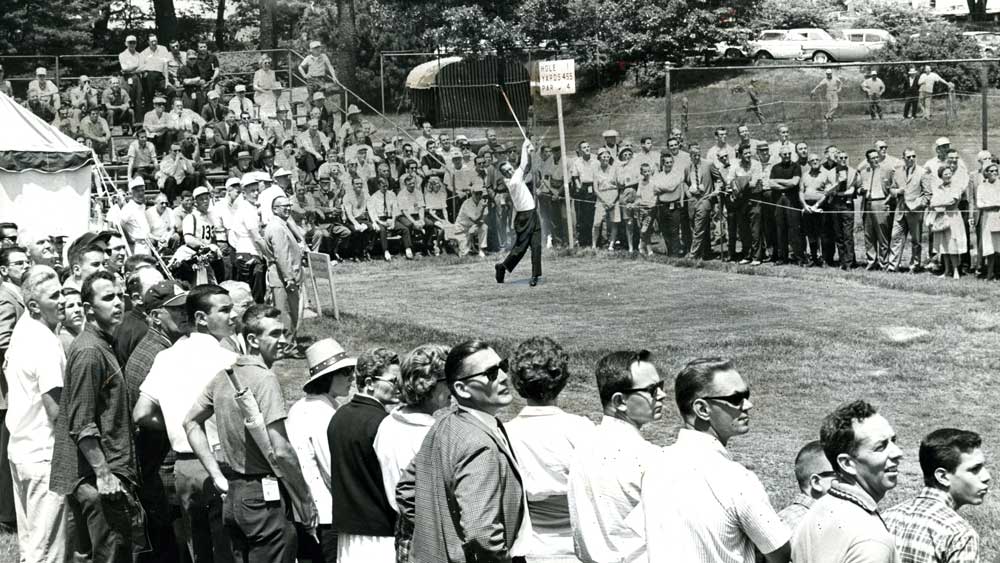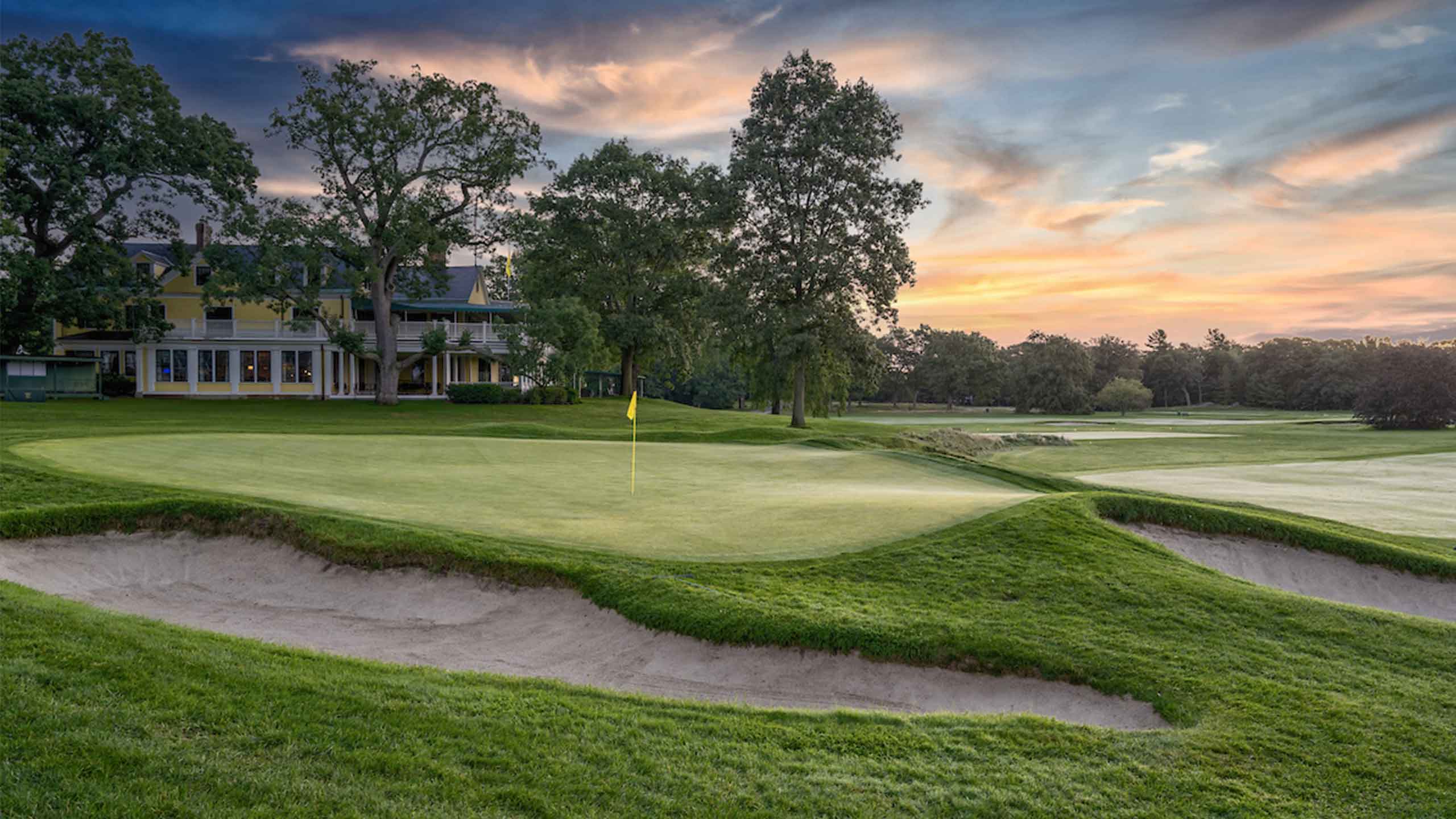As the weekend approaches at the U.S. Open at The Country Club, in Brookline, the grounds are drying out and the greens are getting crusty. A grueling test for the world’s best golfers. But any player who gripes should count his blessings.
At least it isn’t 1963.
At that year’s U.S. Open, at this same course, conditions were so tough, they made this week’s competition look like the John Deere Classic.
They produced the highest scores the event had seen in nearly 30 years, since a brutal trial at Oakmont in 1935.
Jack Nicklaus, the defending champ, missed the cut. Not a single amateur made it to the weekend.
At Brookline, golf faces an all-time debate. Distance? Or design?By: Ran Morrissett
How did it all go down? Let’s review.
Heading into the event, The Country Club was still recouping from a rugged winter. Three of its greens had been so badly battered, they required a dye job. The putting surfaces weren’t the only spots to have suffered. Bare lies abounded in the fairway. At the same time, you could have lost a toddler in the rough.
The tradition of grousing about U.S. Open setups is nearly as old as the event itself.
Chick Harbert embraced it. Taking stock of The Country Club, the former PGA Championship winner described the layout as the “Cadillac of courses — 1911 model.”
Then there was the weather, which did not arrive in a forgiving mood. On Thursday and Friday, the winds were better suited to flying a kite. Only three of 150 players broke par in the first round. By the end of the second, no one was in the red.
Having huffed and puffed over the first two days, Mother Nature then tried to blow the house down. Gusts on Saturday topped 50 miles per hour. Arnold Palmer said they were the fiercest winds he’d ever faced.

If Palmer wasn’t complaining, many others were. That is, when they weren’t pleading for mercy.
Paired with Palmer on Saturday morning, Dean Refram, a journeyman pro who would go on to win twice on Tour, hit a worm-burner off the first tee that didn’t make the fairway. He closed with rounds of 80-79.
This was the era of 36-hole Saturdays at the U.S. Open, a long slog, always, but in this case more like a well-dressed death march. Newsreel footage of the day gives a good sense of the scene — all swaying oak trees and ruffled shirts. The pleats on Arnie’s pants rippled like sails.
Palmer hung on better than most, shooting 77-74 for a four-round total of 293 (at the Massacre at Winged Foot, in 1974, Hale Irwin won with four-day tally of 287). That was nine over par but good enough for a three-way Sunday playoff with Julius Boros and Jacky Cupit.
Boros won. Or, better yet, was the least beaten.
That was then. What a difference 59 years makes. This weekend’s forecast calls for cloudy skies, mild temperatures and modest breezes: nice weather, on a course in mint condition.
But never mind the elements. U.S. Open nerves are always nasty. We are merely in the calm before the storm.











